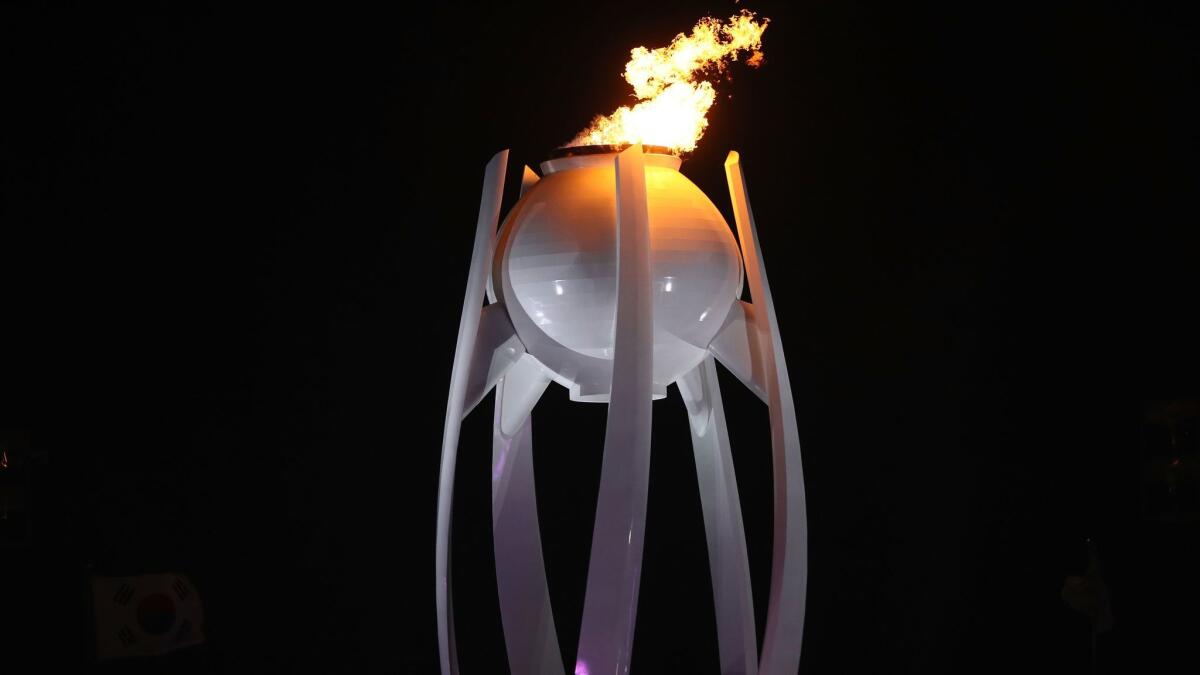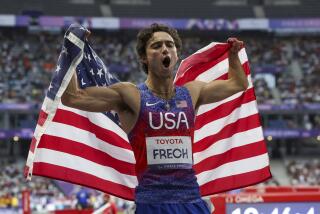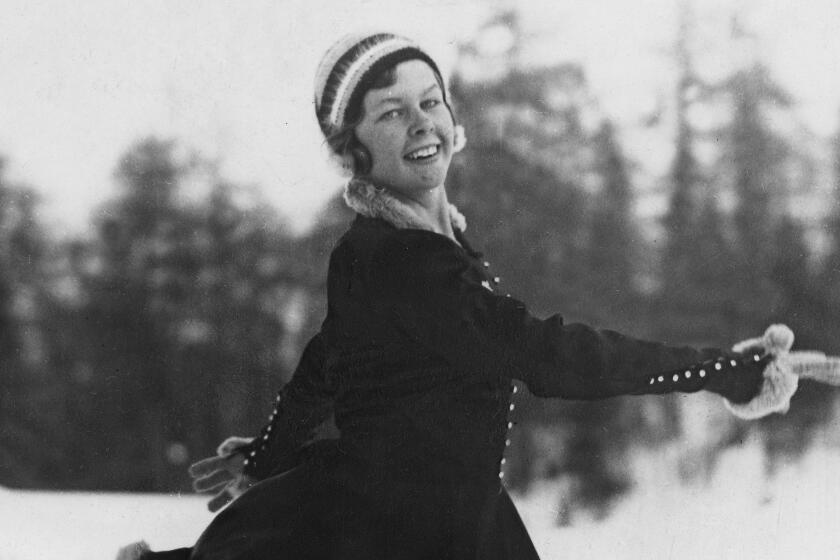Organizers hope Olympic Games will put Pyeongchang on the map

Reporting from Pyeongchang, South Korea — Deep in the Taebaek Mountains, the sprawling resort at the center of the Pyeongchang Olympics took shape a decade ago on hundreds of acres of potato fields.
The transformation includes three hotels, a casino, a concert hall, a convention center, a massive indoor water park, high-end shops and 45 holes of golf in the middle of one of South Korea’s least-developed provinces.
In a region covered with vast stretches of dull-green forest, abandoned coal mines and isolated villages, the Games are seen as more than the 102 medals that will be awarded over 17 days. Instead, organizers and local officials hope the event that cost more than $11 billion will recast the area as a tourist destination.
“By the end of the Games, our region will be known to the world,” said Choi Moon-soon, governor of Gangwon Province.
One tourism website dubbed the sparsely populated region — 50 miles from the border with North Korea — the “Alps of Asia.” The snowpack and peaks don’t measure up to their European counterpart, and visitors sometimes confuse its name with North Korea’s similar-sounding capital, Pyongyang. But the region provides a unique setting for the Games. Pyeongchang bid on the Olympics twice before finally winning in July 2011, beating out better-known Munich and Annecy, France.
A new high-speed rail line connects the area with Seoul. Crumbling farmhouses sit next to condominiums under construction. Neon signs advertising kimchi spam rice as well as chicken and beer flash near a well-used tractor that’s for sale. The annual Pyeongchang Trout Festival — ice fishing is popular during the winter months in the city, which has about 43,000 residents — wrapped up last month. In its place, robotic fish glide through a tank in the Main Press Center.
“We have spent not only on hosting an Olympic Winter Games, but we have spent on developing a region,” said Lee Hee-beom, president of the Pyeongchang organizing committee.
The Games are split between venues in and around Pyeongchang — one of the country’s coldest places, where temperatures routinely dip below zero — and the more temperate 220,000-person coastal town of Gangneung.
“Now, having built all these venues, it is time to make the Games popular and create some excitement,” Choi said.
A poll conducted by the organizing committee found almost 59% of residents in the province believe the Games will improve the area’s international reputation, though 63% are concerned with the cost of maintaining the venues in the coming years.
After a slow start to ticket sales — and concerns about the frigid weather driving away casual fans — about 78% of tickets for the Games have been sold. Organizers distributed kits with a blanket and heat packs to attendees at the opening ceremony in the open, unheated Pyeongchang Olympic Stadium.
The weather isn’t the only challenge. There’s the Russian state-sponsored doping scandal, which barred many of the country’s athletes, although some have been invited by the International Olympic Committee to compete under the Olympic flag with “Olympic Athlete from Russia” written on their uniforms.
There’s continued tension between the U.S. and North Korea over the country’s missile and nuclear programs. Vice President Mike Pence, who led the U.S. delegation to the Games, announced new sanctions against North Korea this week.
There’s also the tense relationship between the two Koreas, although the countries marched together in the opening ceremony under a Korean unification flag.
And the NHL didn’t allow its players to compete in the Games after five consecutive Winter Olympics with the league’s players.
But a bigger question could be the lack of household names among the 244 athletes the U.S. is sending. A recent survey by Hub Entertainment Research found only two Olympians — snowboarder Shaun White and Alpine skier Lindsey Vonn — registered significant name recognition with U.S. audiences.
Still, the attention they’ll bring to the Games is significant. White is a four-time Olympian whose website describes him as an icon. What would be braggadocio for most athletes is simply conveying reality for the man with two Olympic gold medals — and designs on another.
“Physically, I feel stronger than I’ve ever felt,” White said.
While Vonn missed the Sochi Olympics in 2014 because of a knee injury, the speed specialist has won four World Cup races this season. She has 81 career World Cup victories, five short of the record held by Ingemar Stenmark of Sweden.
Fellow Alpine skier Mikaela Shiffrin, who won the slalom in Sochi at age 18, could be the most dominant U.S. athlete at the Games. She is the top-ranked World Cup skier this season — amassing almost twice as many points as her second-ranked competitor, Wendy Holdener of Switzerland — and is a medal threat in the slalom, giant slalom and combined disciplines.
Chloe Kim, a 17-year-old Korean American snowboarder from Torrance, is a heavy favorite in the halfpipe and may be a breakout star.
“I try not to feel pressure because that kind of throws you off,” Kim said. “But when it does kind of creep into the back of my mind, I try to see it in a positive way, like, these people that are expecting all of this out of me do that because they know I can do it and they believe in me.”
There’s Maame Biney, 18, who will become the first African American female speed skater to compete in the Games. Veteran snowboarders Jamie Anderson and Kelly Clark both have won Olympic golds. Another 18-year-old, Nathan Chen, will contend for figure skating gold.
“Eighteen years we’ve been looking at the rings, and now we’re here,” Chen said.
In recent days, volunteers clad in distinctive red-and-gray parkas scrambled to complete final details. Signs were attached to the information desk at Jinbu Station on the high-speed rail line. Workers added statues of athletes competing in winter sports to a towering art installation at the Alpensia Resort.
And seemingly everywhere — Incheon International Airport, the high-speed train, the Main Press Center — the grinning white tiger mascot of the Games named Soohorang watches over the preparations.
“We have put the province on the map,” Lee said.
Twitter: @nathanfenno
More to Read
Go beyond the scoreboard
Get the latest on L.A.'s teams in the daily Sports Report newsletter.
You may occasionally receive promotional content from the Los Angeles Times.







